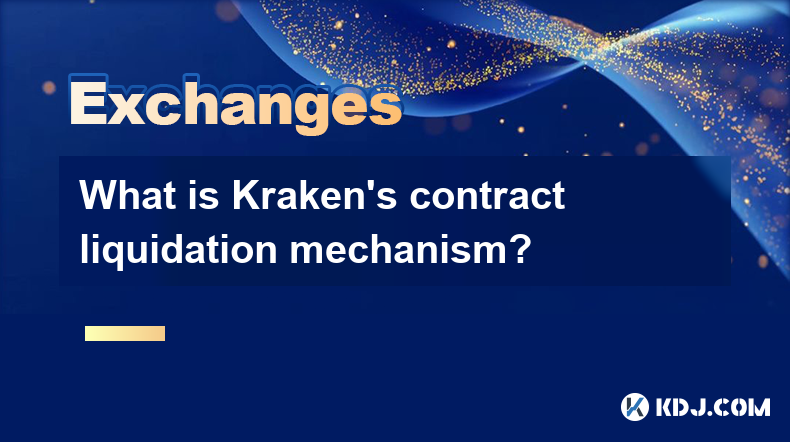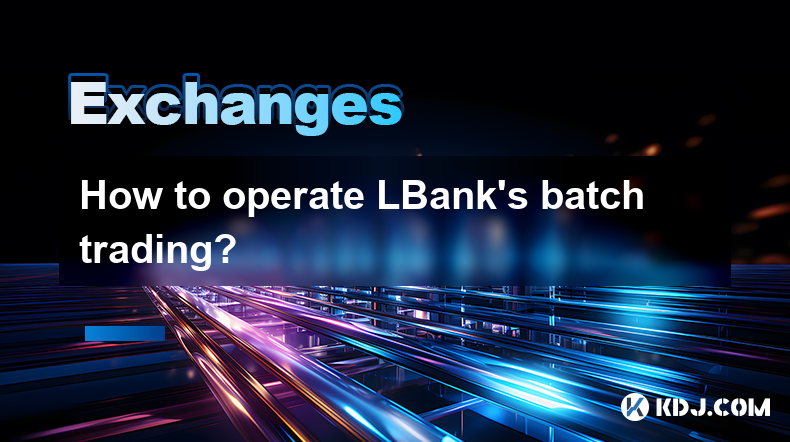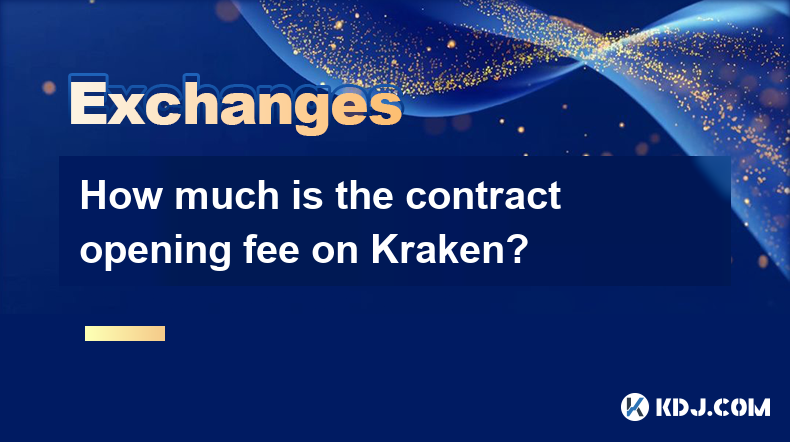-
 Bitcoin
Bitcoin $92,857.3496
-1.03% -
 Ethereum
Ethereum $1,750.4828
-2.45% -
 Tether USDt
Tether USDt $1.0005
0.05% -
 XRP
XRP $2.1885
-2.18% -
 BNB
BNB $597.4359
-1.69% -
 Solana
Solana $149.8729
-1.30% -
 USDC
USDC $1.0000
0.01% -
 Dogecoin
Dogecoin $0.1788
-0.25% -
 Cardano
Cardano $0.7255
3.02% -
 TRON
TRON $0.2464
0.28% -
 Sui
Sui $3.2757
10.22% -
 Chainlink
Chainlink $14.8489
-0.12% -
 Avalanche
Avalanche $22.0620
-1.11% -
 Stellar
Stellar $0.2755
2.43% -
 UNUS SED LEO
UNUS SED LEO $9.2218
1.65% -
 Toncoin
Toncoin $3.1533
-0.18% -
 Shiba Inu
Shiba Inu $0.0...01341
-1.13% -
 Hedera
Hedera $0.1856
1.66% -
 Bitcoin Cash
Bitcoin Cash $349.6685
-3.25% -
 Polkadot
Polkadot $4.1453
0.80% -
 Litecoin
Litecoin $82.8054
-1.43% -
 Hyperliquid
Hyperliquid $17.9889
-3.15% -
 Dai
Dai $1.0001
0.00% -
 Bitget Token
Bitget Token $4.4327
-1.75% -
 Ethena USDe
Ethena USDe $0.9995
0.02% -
 Pi
Pi $0.6476
-1.41% -
 Monero
Monero $227.9399
-0.28% -
 Uniswap
Uniswap $5.8086
-3.78% -
 Pepe
Pepe $0.0...08567
-4.18% -
 Aptos
Aptos $5.4495
1.50%
What is Kraken's contract liquidation mechanism?
Kraken's liquidation mechanism ensures market stability by automatically closing leveraged positions at the best available price when they hit the maintenance margin threshold.
Apr 24, 2025 at 04:49 pm

What is Kraken's Contract Liquidation Mechanism?
Kraken, a leading cryptocurrency exchange, employs a robust contract liquidation mechanism to manage the risks associated with leveraged trading. This mechanism is crucial for maintaining market stability and protecting both the platform and its users from excessive losses. In this article, we will delve into the intricacies of Kraken's contract liquidation mechanism, exploring how it works, why it is necessary, and the steps involved in the process.
h3 Understanding Leveraged Trading on Kraken
Leveraged trading allows users to borrow funds from the exchange to increase their trading position beyond their initial investment. This can amplify potential profits but also increases the risk of substantial losses. On Kraken, users can trade with leverage up to 5x, meaning they can control a position five times larger than their actual capital. However, this leverage comes with the risk of liquidation if the market moves against the trader's position.
h3 The Role of Liquidation in Risk Management
Liquidation is a critical component of risk management in leveraged trading. It occurs when a trader's position falls below a certain threshold, known as the maintenance margin, and the exchange forcibly closes the position to prevent further losses. Kraken's liquidation mechanism ensures that the platform can recover the borrowed funds and maintain financial stability. Without this mechanism, the exchange would be exposed to significant risk, which could jeopardize its operations and the funds of other users.
h3 How Kraken's Liquidation Mechanism Works
Kraken's liquidation process is automated and designed to be efficient and fair. When a trader's position approaches the liquidation threshold, the platform sends out a series of warnings to the user, giving them an opportunity to add more funds to their account or close the position manually. If the user does not take action, the following steps occur:
- Monitoring: Kraken continuously monitors all open positions to check if they are nearing the liquidation threshold.
- Warning: If a position is close to being liquidated, the user receives notifications via email and on the platform's interface.
- Liquidation: Once the position hits the liquidation threshold, Kraken automatically closes the position at the current market price.
- Settlement: After liquidation, the proceeds are used to repay the borrowed funds, and any remaining balance is returned to the user's account.
h3 Calculating the Liquidation Price
The liquidation price is calculated based on the initial margin, the leverage used, and the current market price. For example, if a trader opens a long position with 5x leverage and an initial margin of $1000, the liquidation price would be the price at which the losses reach the initial margin. The formula for calculating the liquidation price for a long position is:
[ \text{Liquidation Price} = \text{Entry Price} \times \left(1 - \frac{\text{Initial Margin}}{\text{Leverage} \times \text{Entry Price}}\right) ]
For short positions, the formula is slightly different:
[ \text{Liquidation Price} = \text{Entry Price} \times \left(1 + \frac{\text{Initial Margin}}{\text{Leverage} \times \text{Entry Price}}\right) ]
h3 Factors Influencing Liquidation
Several factors can influence the likelihood of liquidation on Kraken. These include:
- Market Volatility: High volatility can cause rapid price movements, increasing the risk of liquidation.
- Position Size: Larger positions require more margin and are more susceptible to liquidation.
- Leverage: Higher leverage increases the risk of liquidation as smaller price movements can push the position into the red.
- Account Balance: A low account balance relative to the position size can lead to quicker liquidation.
h3 Impact of Liquidation on Traders
Liquidation can have significant financial implications for traders. When a position is liquidated, the trader loses the entire initial margin and any unrealized profits. However, Kraken's mechanism aims to minimize these losses by closing the position at the best available market price. It's important for traders to understand the risks associated with leveraged trading and to use risk management tools such as stop-loss orders to protect their investments.
h3 Strategies to Avoid Liquidation
To minimize the risk of liquidation, traders can employ several strategies:
- Use Lower Leverage: Trading with lower leverage reduces the risk of liquidation as it requires less margin.
- Set Stop-Loss Orders: A stop-loss order automatically closes a position at a predetermined price, preventing further losses.
- Monitor Positions: Regularly monitoring open positions allows traders to react quickly to market changes.
- Maintain Adequate Margin: Keeping a healthy margin balance can provide a buffer against market fluctuations.
h3 Kraken's Liquidation Mechanism and Market Stability
Kraken's liquidation mechanism plays a vital role in maintaining market stability. By ensuring that leveraged positions are closed before they result in significant losses, the platform prevents cascading liquidations that could lead to market crashes. This mechanism helps to maintain a healthy trading environment and protects the integrity of the market.
h3 User Experience and Liquidation Notifications
Kraken prioritizes user experience by providing clear and timely notifications about potential liquidations. Users receive warnings when their positions are nearing the liquidation threshold, giving them a chance to take action. These notifications are sent via email and displayed prominently on the platform's interface, ensuring that users are well-informed.
h3 Frequently Asked Questions
Q: Can I avoid liquidation by adding more funds to my account?
A: Yes, if you receive a liquidation warning, you can add more funds to your account to increase your margin and avoid liquidation. However, you must act quickly as the market can move rapidly.
Q: What happens if the market gaps and my position is liquidated at a worse price than expected?
A: In the event of a market gap, Kraken's liquidation mechanism will close your position at the best available price. While this may result in a worse outcome than anticipated, it is designed to minimize losses as much as possible.
Q: Does Kraken charge any fees for liquidation?
A: Kraken does not charge a specific fee for liquidation. However, standard trading fees may apply to the transactions executed during the liquidation process.
Q: How can I track my liquidation history on Kraken?
A: You can view your liquidation history in the trading history section of your Kraken account. This section provides detailed information about all your trades, including any liquidations that have occurred.
Disclaimer:info@kdj.com
The information provided is not trading advice. kdj.com does not assume any responsibility for any investments made based on the information provided in this article. Cryptocurrencies are highly volatile and it is highly recommended that you invest with caution after thorough research!
If you believe that the content used on this website infringes your copyright, please contact us immediately (info@kdj.com) and we will delete it promptly.
- How to Invest in Bitcoin According to Former Goldman Sachs Executive
- 2025-04-25 01:30:12
- JACKBIT Emerges as the Best Bitcoin Casino for 2025, Praised for Its No KYC Policy and Instant Withdrawals
- 2025-04-25 01:30:12
- ruya Becomes the First Islamic Bank to Offer Bitcoin and Virtual Asset Investments
- 2025-04-25 01:25:12
- Bitcoin reserves on cryptocurrency exchanges have dropped to their lowest level in more than six years
- 2025-04-25 01:25:12
- Bitcoin Soars : Satoshi Nakamoto’s Colossal Fortune
- 2025-04-25 01:20:12
- Don't Miss BTFD Coin's FINAL100 Bonus and $0.0002 Entry—Presale Ends May 26
- 2025-04-25 01:20:12
Related knowledge

Where to view LBank's API documentation?
Apr 24,2025 at 06:21am
LBank is a popular cryptocurrency exchange that provides various services to its users, including trading, staking, and more. One of the essential resources for developers and advanced users is the API documentation, which allows them to interact with the platform programmatically. In this article, we will explore where to view LBank's API documentation...

Which third-party trading robots does Bitfinex support?
Apr 24,2025 at 03:08am
Bitfinex, one of the leading cryptocurrency exchanges, supports a variety of third-party trading robots to enhance the trading experience of its users. These robots automate trading strategies, allowing traders to execute trades more efficiently and potentially increase their profits. In this article, we will explore the different third-party trading ro...

How to operate LBank's batch trading?
Apr 23,2025 at 01:15pm
LBank is a well-known cryptocurrency exchange that offers a variety of trading features to its users, including the option for batch trading. Batch trading allows users to execute multiple trades simultaneously, which can be particularly useful for those looking to manage a diverse portfolio or engage in arbitrage opportunities. In this article, we will...

How much is the contract opening fee on Kraken?
Apr 23,2025 at 03:00pm
When engaging with cryptocurrency exchanges like Kraken, understanding the fee structure is crucial for managing trading costs effectively. One specific fee that traders often inquire about is the contract opening fee. On Kraken, this fee is associated with futures trading, which allows users to speculate on the future price of cryptocurrencies. Let's d...

How to use cross-chain transactions on Kraken?
Apr 23,2025 at 12:50pm
Cross-chain transactions on Kraken allow users to transfer cryptocurrencies between different blockchain networks seamlessly. This feature is particularly useful for traders and investors looking to diversify their portfolios across various blockchains or to take advantage of specific opportunities on different networks. In this article, we will explore...

How to set up sub-account permissions on Bitfinex?
Apr 24,2025 at 03:08pm
Setting up sub-account permissions on Bitfinex is an essential feature for users who need to manage multiple accounts or delegate certain tasks to others. This guide will walk you through the detailed process of configuring sub-account permissions, ensuring you can manage your cryptocurrency activities effectively and securely. Accessing the Sub-Account...

Where to view LBank's API documentation?
Apr 24,2025 at 06:21am
LBank is a popular cryptocurrency exchange that provides various services to its users, including trading, staking, and more. One of the essential resources for developers and advanced users is the API documentation, which allows them to interact with the platform programmatically. In this article, we will explore where to view LBank's API documentation...

Which third-party trading robots does Bitfinex support?
Apr 24,2025 at 03:08am
Bitfinex, one of the leading cryptocurrency exchanges, supports a variety of third-party trading robots to enhance the trading experience of its users. These robots automate trading strategies, allowing traders to execute trades more efficiently and potentially increase their profits. In this article, we will explore the different third-party trading ro...

How to operate LBank's batch trading?
Apr 23,2025 at 01:15pm
LBank is a well-known cryptocurrency exchange that offers a variety of trading features to its users, including the option for batch trading. Batch trading allows users to execute multiple trades simultaneously, which can be particularly useful for those looking to manage a diverse portfolio or engage in arbitrage opportunities. In this article, we will...

How much is the contract opening fee on Kraken?
Apr 23,2025 at 03:00pm
When engaging with cryptocurrency exchanges like Kraken, understanding the fee structure is crucial for managing trading costs effectively. One specific fee that traders often inquire about is the contract opening fee. On Kraken, this fee is associated with futures trading, which allows users to speculate on the future price of cryptocurrencies. Let's d...

How to use cross-chain transactions on Kraken?
Apr 23,2025 at 12:50pm
Cross-chain transactions on Kraken allow users to transfer cryptocurrencies between different blockchain networks seamlessly. This feature is particularly useful for traders and investors looking to diversify their portfolios across various blockchains or to take advantage of specific opportunities on different networks. In this article, we will explore...

How to set up sub-account permissions on Bitfinex?
Apr 24,2025 at 03:08pm
Setting up sub-account permissions on Bitfinex is an essential feature for users who need to manage multiple accounts or delegate certain tasks to others. This guide will walk you through the detailed process of configuring sub-account permissions, ensuring you can manage your cryptocurrency activities effectively and securely. Accessing the Sub-Account...
See all articles























































































